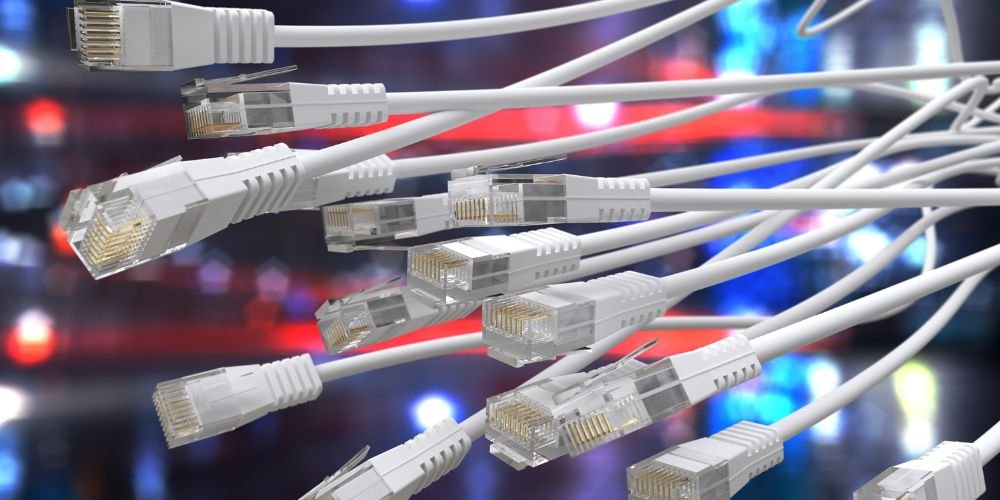Ethernet cables are the backbone of wired networking, providing reliable and high-speed connectivity for various devices, from computers and gaming consoles to routers and switches. Despite the proliferation of wireless technologies, it remains essential for delivering stable and fast internet connections, especially in environments where reliability and performance are paramount. As technology evolves and data demands increase, the importance of Ethernet cables in modern networking infrastructure continues to grow, driving innovation and advancements in cable design and performance.
Types of Ethernet Cables
Ethernet cables come in different types and categories, each designed to meet specific performance requirements and applications. The most common types of Ethernet cables include Cat5e, Cat6, and Cat6a, each offering different performance levels in speed, bandwidth, and interference resistance. Cat5e cables are suitable for basic networking needs and support speeds up to 1 Gbps, while Cat6 and Cat6a cables offer higher bandwidth and performance, making them perfect for demanding applications such as streaming, gaming, and high-speed data transfer.
Performance and Reliability
Ethernet cables provide an unchanging and reliable connection compared to wireless alternatives, making them ideal for environments where consistent performance is critical, such as offices, data centers, and gaming setups. Unlike wireless connections, which can be sensitive to interference from other devices and environmental factors, it offers a direct and dedicated connection, ensuring consistent speeds and minimal latency. Ethernet cables are less prone to security vulnerabilities and hacking risks than wireless networks, providing added peace of mind for users concerned about data privacy and security.
Future Trends and Innovations
As technology continues to evolve, Ethernet cables are also undergoing advancements to meet the growing demands of modern networking applications. The development of higher-speed Ethernet standards, such as 10 Gigabit Ethernet (10GbE) and 40 Gigabit Ethernet (40GbE), drives the demand for faster and more reliable cables supporting these speeds. Additionally, innovations in cable design, such as shielded twisted pair (STP) and foiled twisted pair (FTP) cables, improve performance and reduce electromagnetic interference, ensuring optimal connectivity in high-density environments and industrial settings.
Conclusion
Ethernet cables are crucial in modern networking infrastructure, providing reliable and high-speed connectivity for various devices and applications. From basic Cat5e cables to advanced Cat6 and Cat6a cables, Ethernet technology continues to evolve to meet the growing demands of today’s data-intensive environments. As technology advances and data demands increase, Ethernet cables will remain essential for delivering stable and fast internet connections, driving innovation and advancements in networking technology for years to come.












